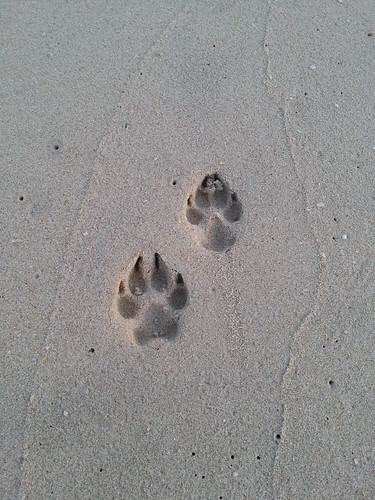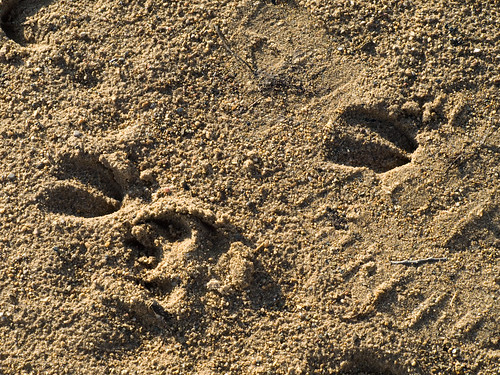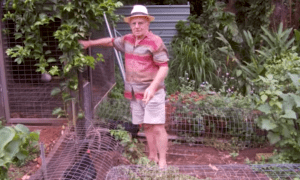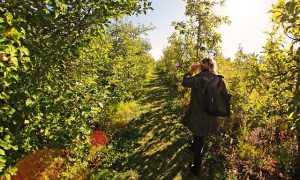Winter is often a great chance to find out what animals are living in your area, especially if you get snow. It makes it much easier to see the tracks animals leave and this might give you a heads up so you can plan the strategies you can use to prevent them getting into your garden.
Here are a few of the different animal tracks you might see in North America.
Rabbit Track
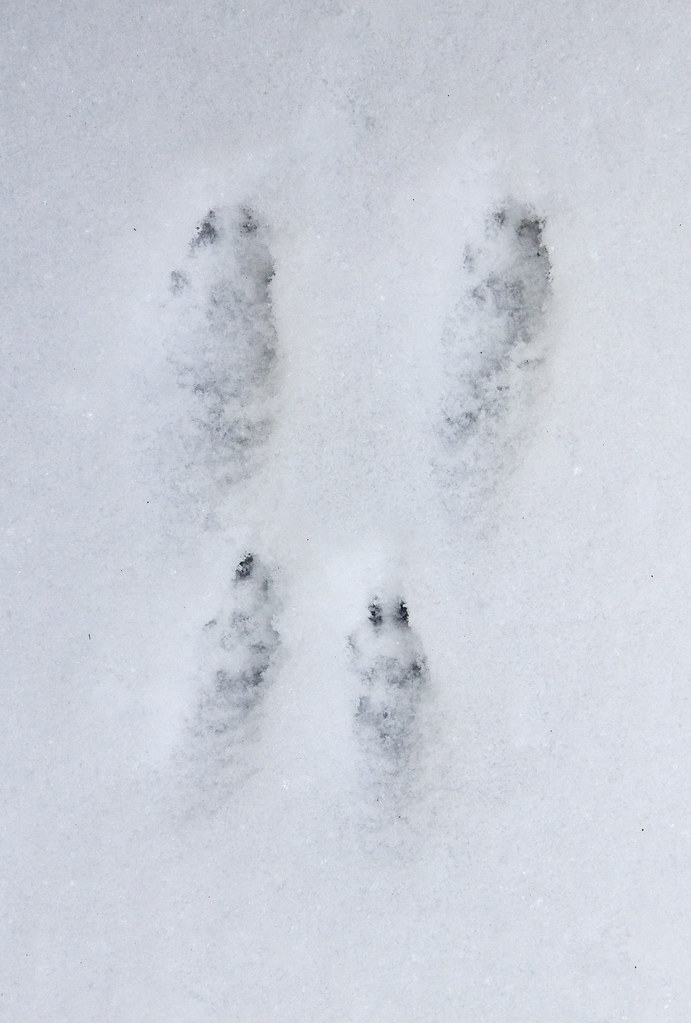
Rabbit track. Photo Credit:Canopic/Flickr Creative Commons
Cat Track

Cat track. Photo Credit: Sunny Ripert/Flickr Creative Commons
Dog Track
Dog track. Photo Credit: Clare Snow/Flickr Creative Commons
Squirrel Track
Source: Instagram @naturetracking
Chipmunk Track
Source: Instagram @naturetracking
Weasel Track
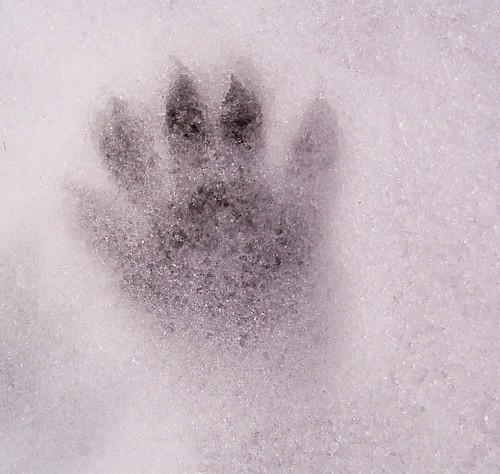
Weasel Track. Photo Credit: Dru/ Flickr Creative Commons
Bear Track

Bear track. Photo Credit: Wayne/Flickr Creative Commons
Deer Track
Deer track. Photo Credit: Thomas Merton/Flickr Creative Commons
Raccoon Track
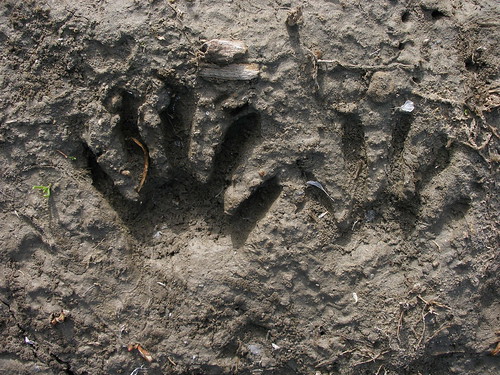
Raccoon track. Photo Credit: Stonebird/Flickr Creative Commons
Other Tracks
North Americans, if this is something that interests you, you might like to try looking at this page on Thingiverse. If you download all the files there is a small free pdf on animal footprints. Or you could buy either the “Field Guide to Animal Tracks and Scat of California” or “Scats and Tracks of North America“
For the Aussies, here is a link to the Perth Zoo’s Shop which sells pawprints of the animals you might find in their zoo. (On a side note, unless you are truly living near a large bush area in Australia the majority of native pests in suburban areas will probably be possums). You might also like to click on and buy the resource book below.
For those in the UK this article by Steve Harris in the Discover Wildlife Magazine, has some of the commonly found paw prints that can be found in Europe.
I hope you have lots of success working out what animals you have in your garden this winter, and start planning how you might deal with these animals when spring comes around.
Inspiration for this article was taken from the National Wildlife Federation’s blog, for more detailed information on tracking you can look there..

